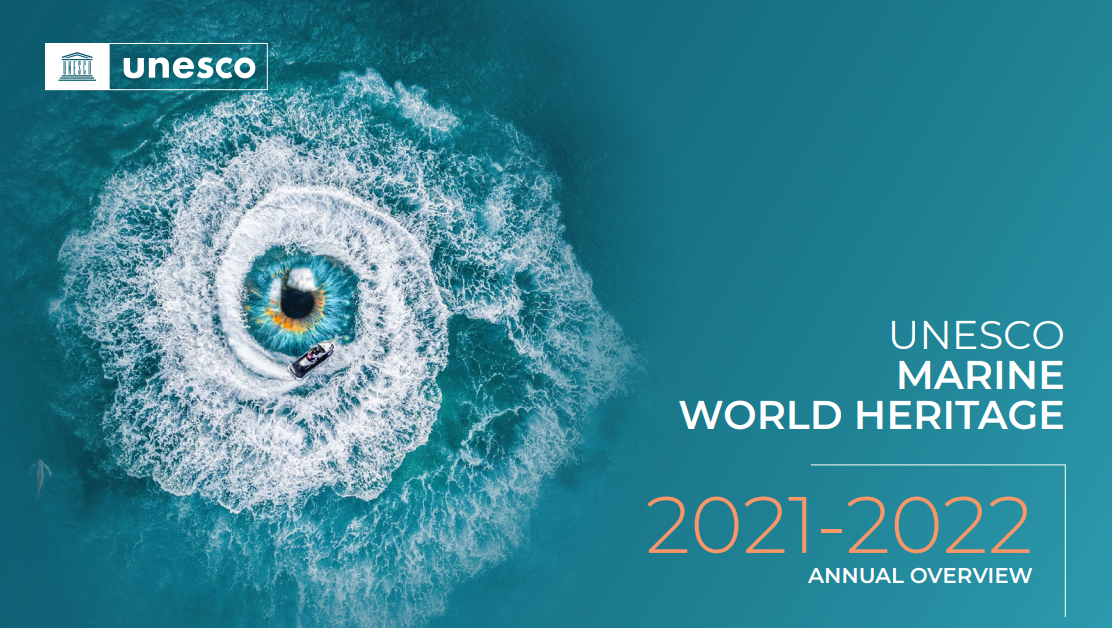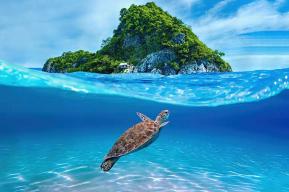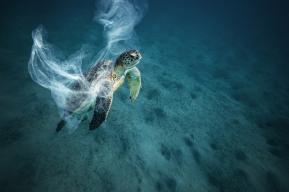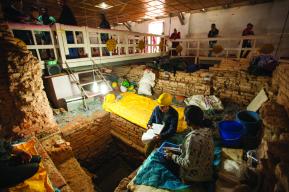This area is home to four UNESCO marine World Heritage Sites: Cocos Island National Park (Costa Rica); the Galapagos National Park and Marine Reserve (Ecuador), which forms part of the Galapagos Biosphere Reserve; the Malpelo Flora and Fauna Sanctuary (Colombia); and Coiba National Park (Panama).
This is the new language of global conservation. Never before have countries with connecting maritime borders joined together to create a public policy.
By signing this declaration, the four countries have commenced a regional process that will, ultimately, create the world’s largest transboundary marine biosphere reserve between the islands of Cocos, Malpelo, Coiba and Galapagos. Spain is supporting this initiative through UNESCO.
The Eastern Tropical Pacific is home to 160 identified endemic migratory species. The proposed extension would create the largest and most biologically rich marine corridor in the world. In addition, a no-fishing corridor covering more than 500,000 km2 will incorporate a crucial migratory route for sea turtles, whales, sharks and manta rays, whose populations have plummeted this century. The corridor will offer these endangered species protection from illegal, unreported and unsustainable fishing.
Scientists discovered the migration route between these natural World Heritage sites by tracking shark migration in the area. This discovery has spurred cooperation between countries to protect this species.
For humans seeking solutions to climate change, the protected area will create a living laboratory for research and bring together more scientists working jointly for ocean conservation. A 2021 report shows that UNESCO marine World Heritage sites act as custodians of the largest blue carbon ecosystems in the world, making them more valuable than ever.










